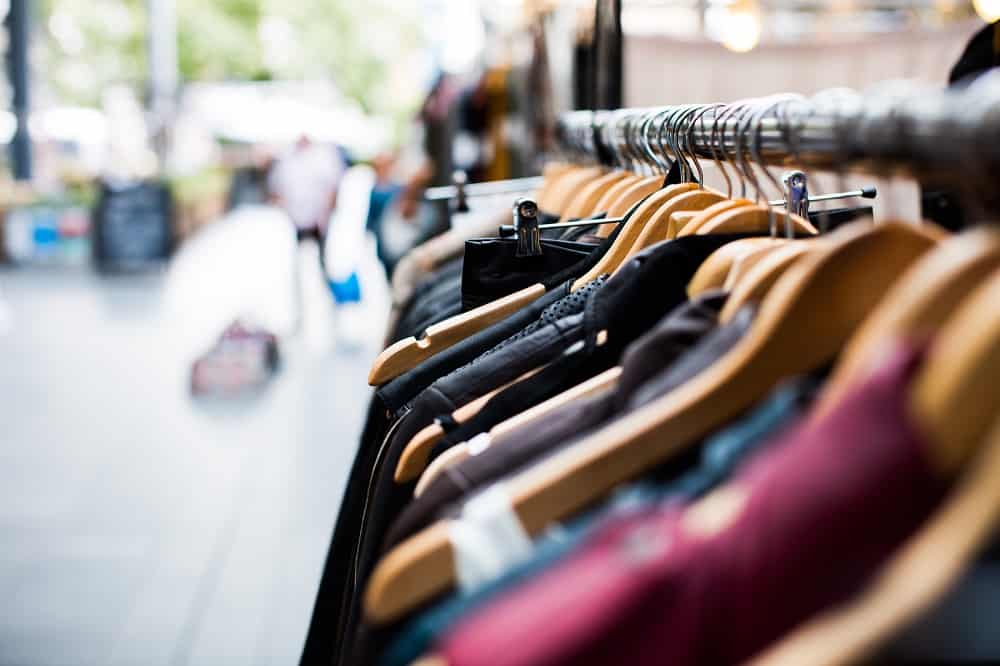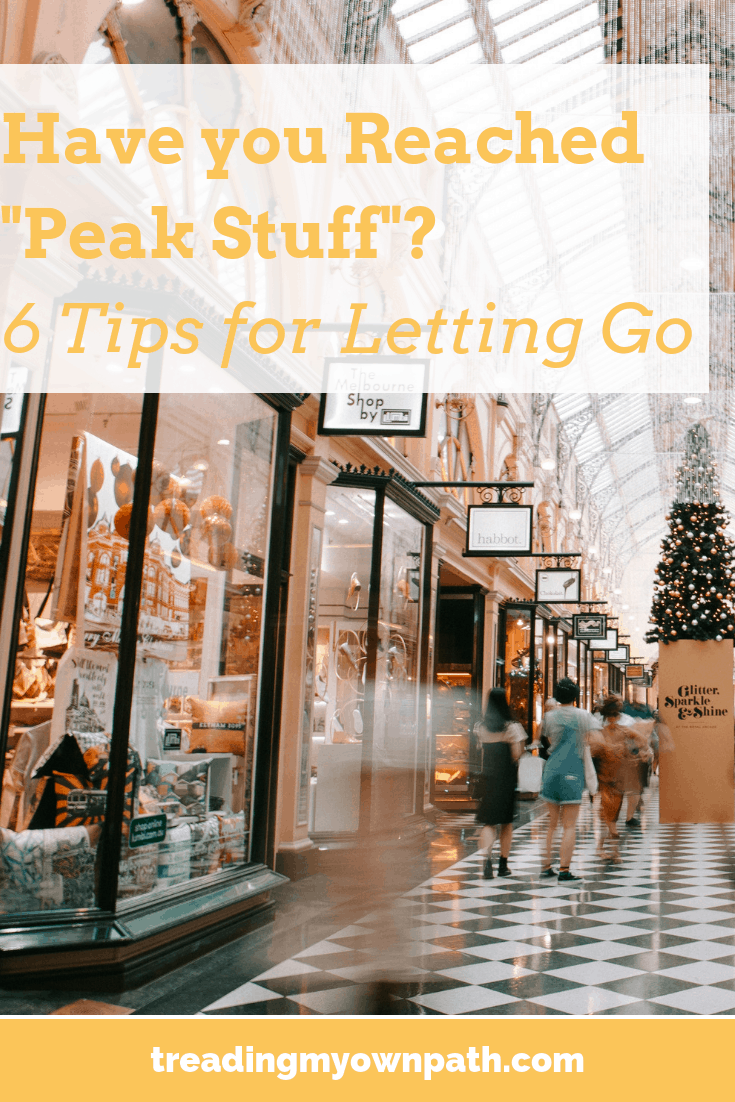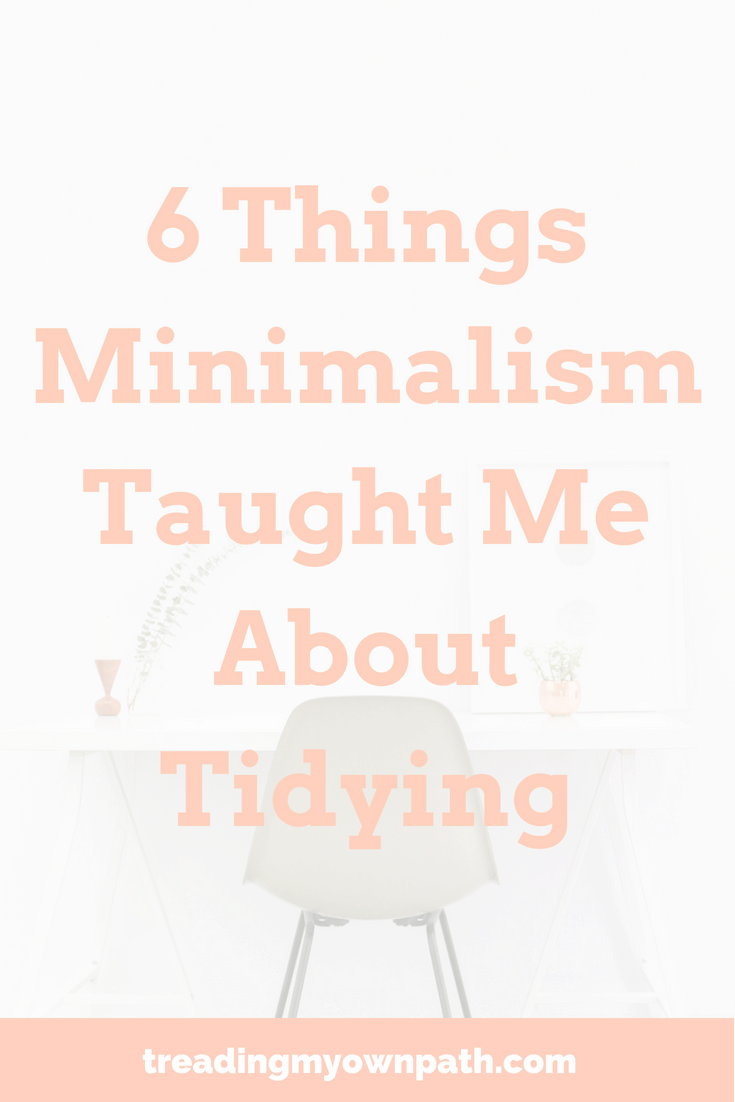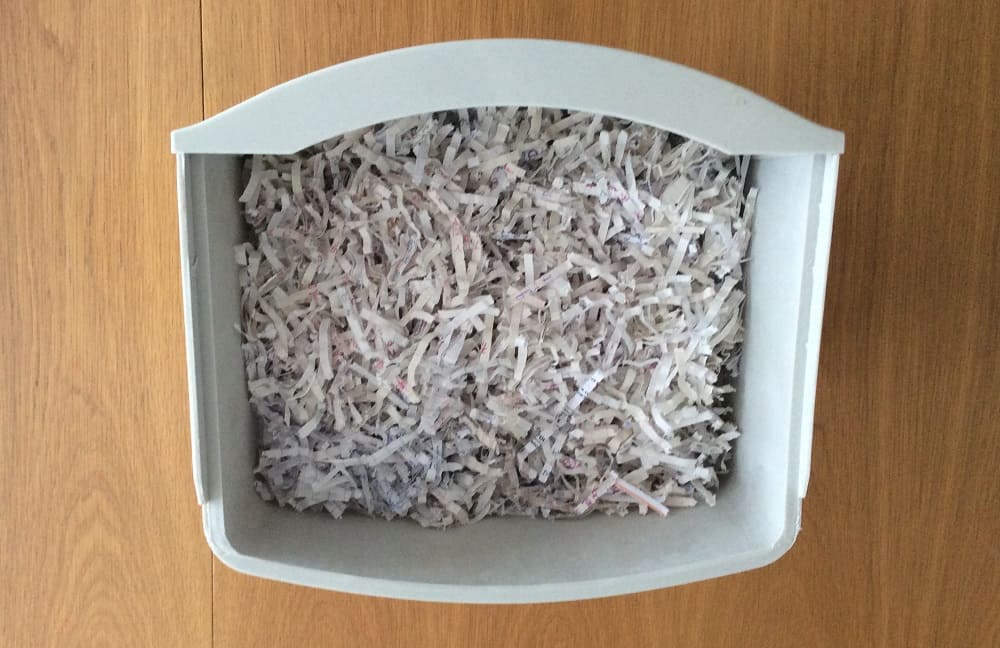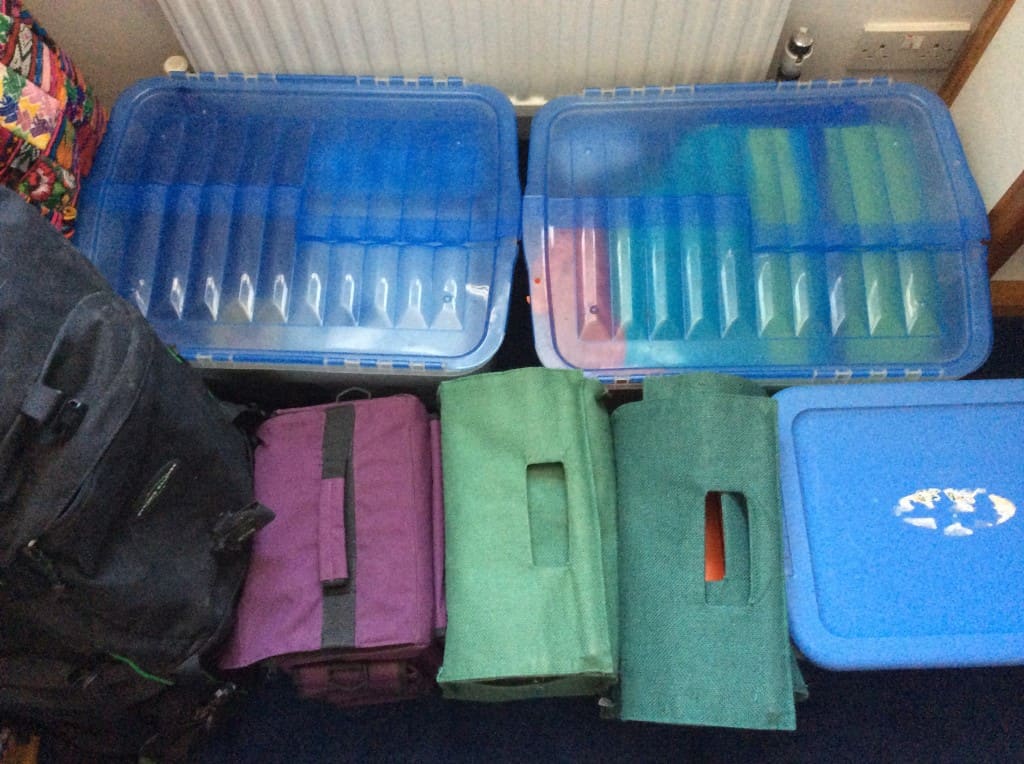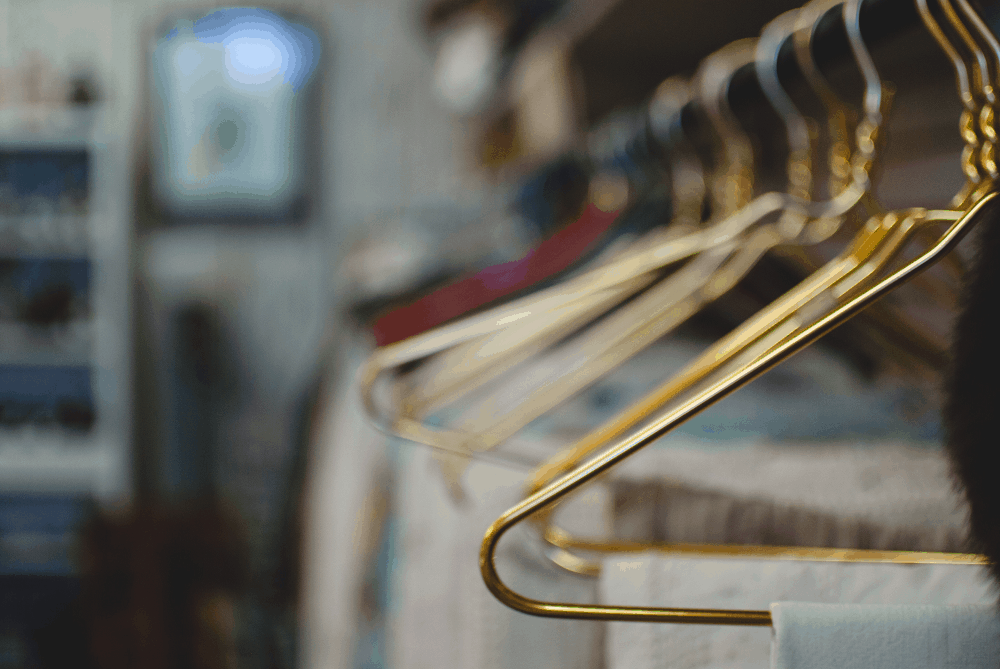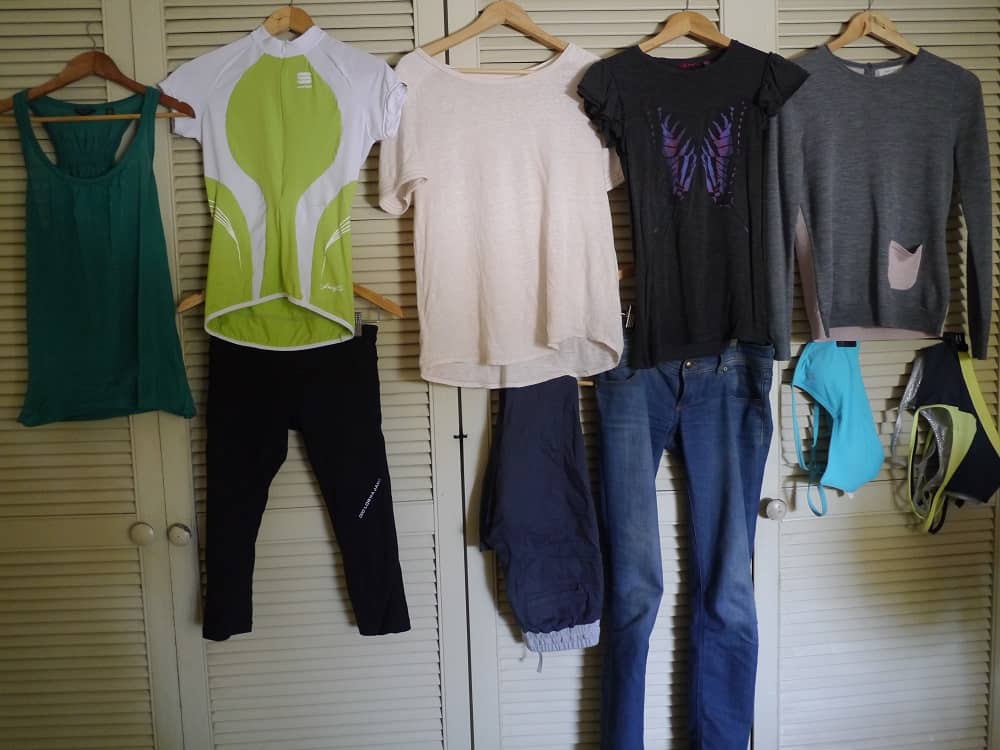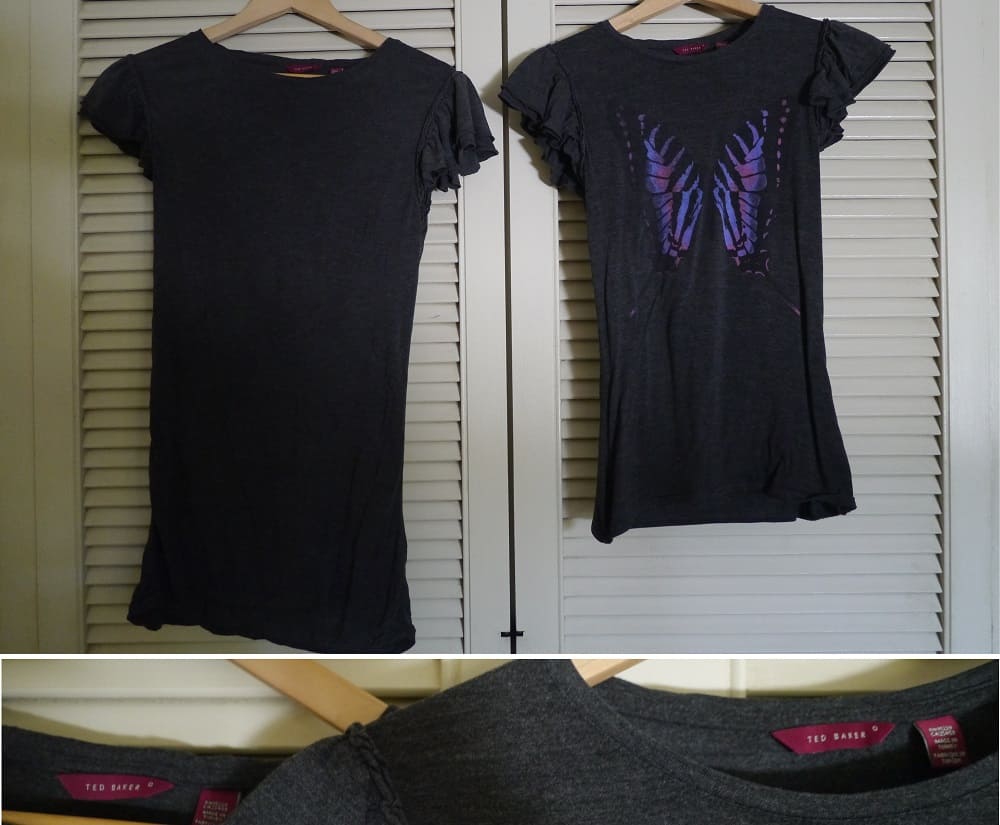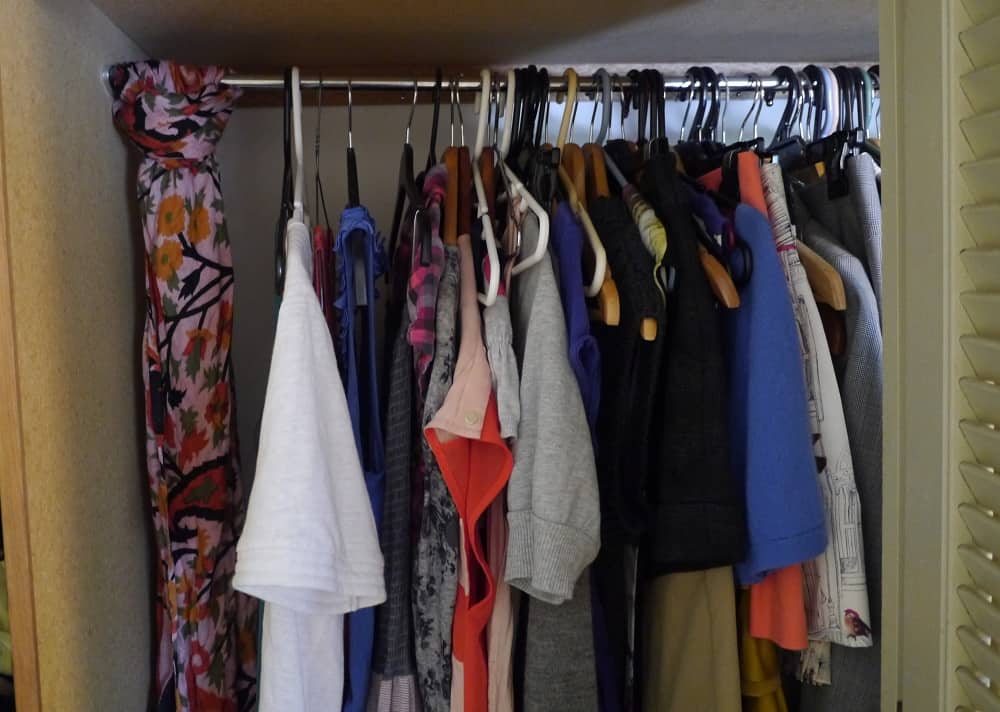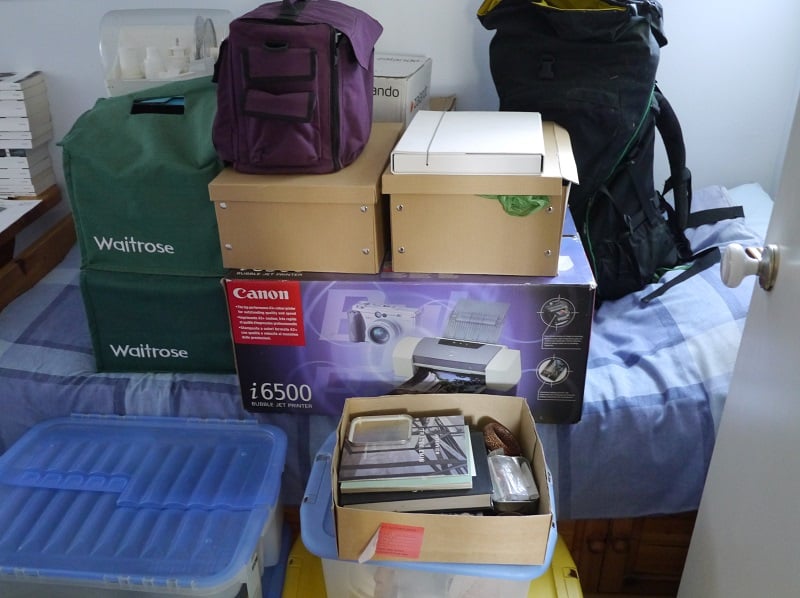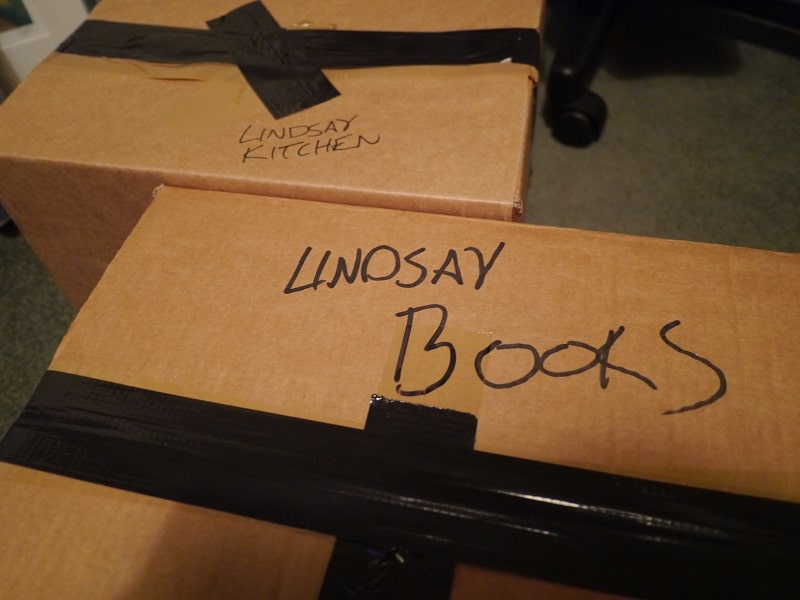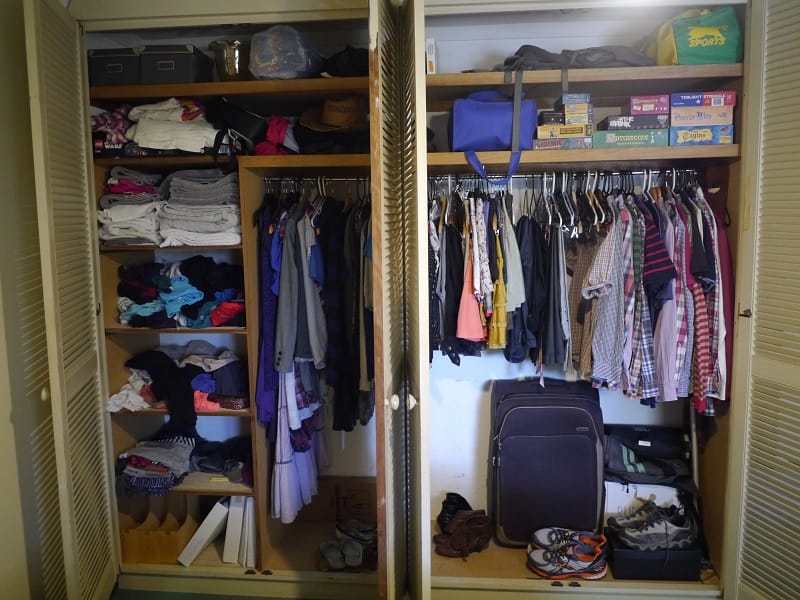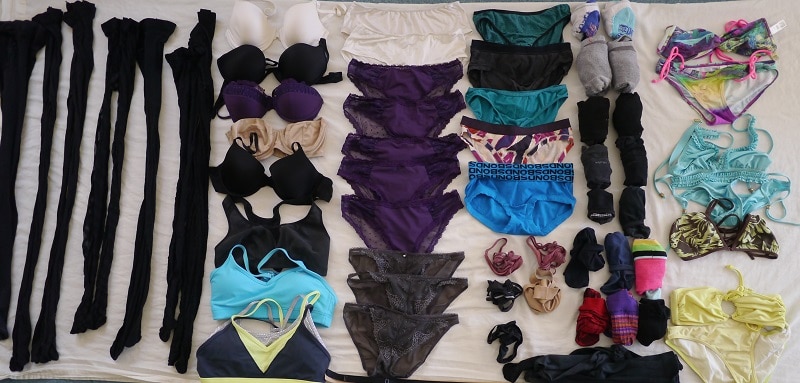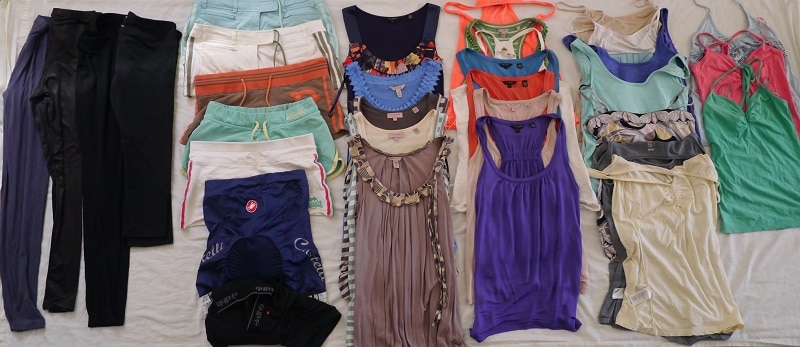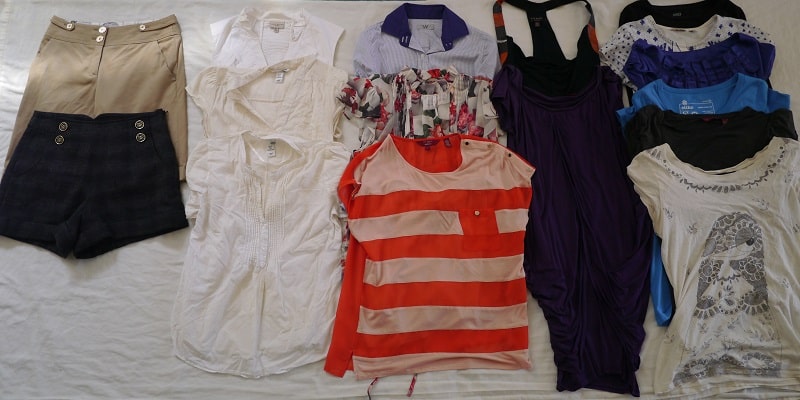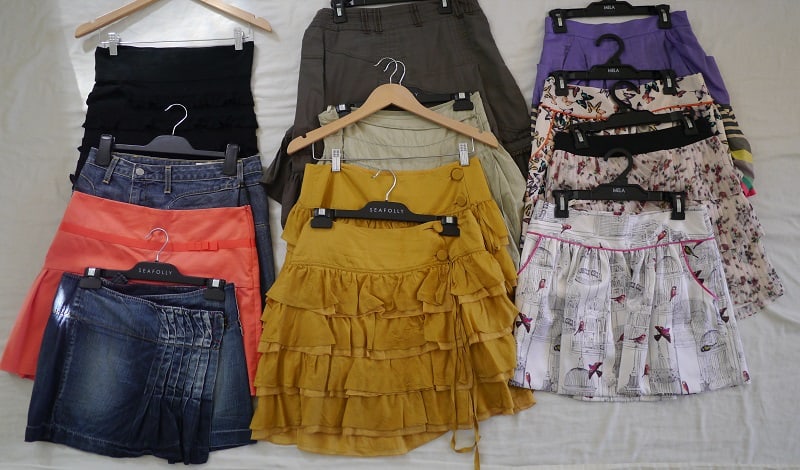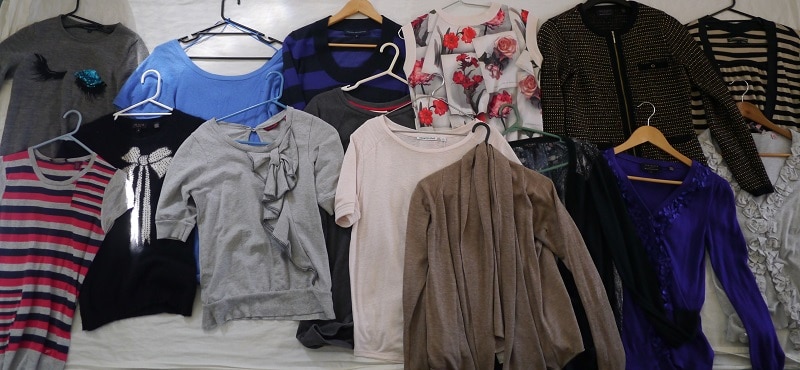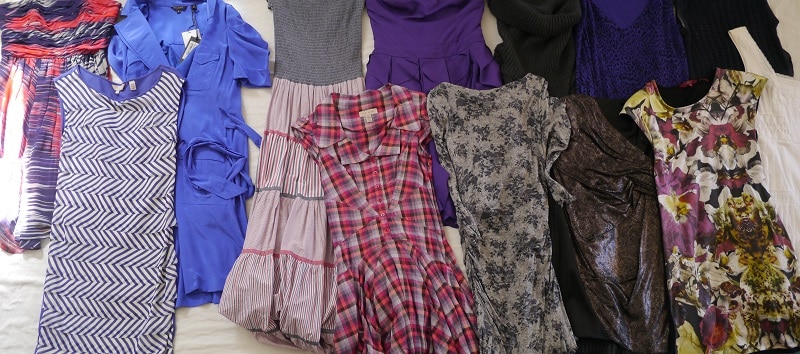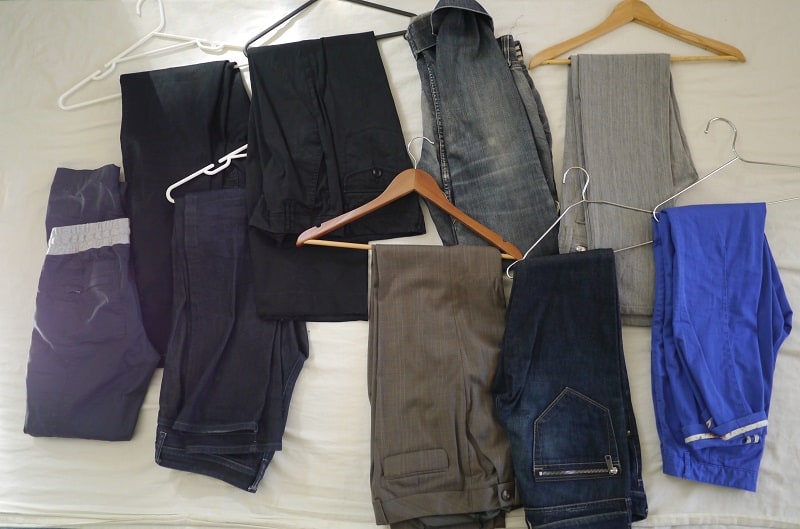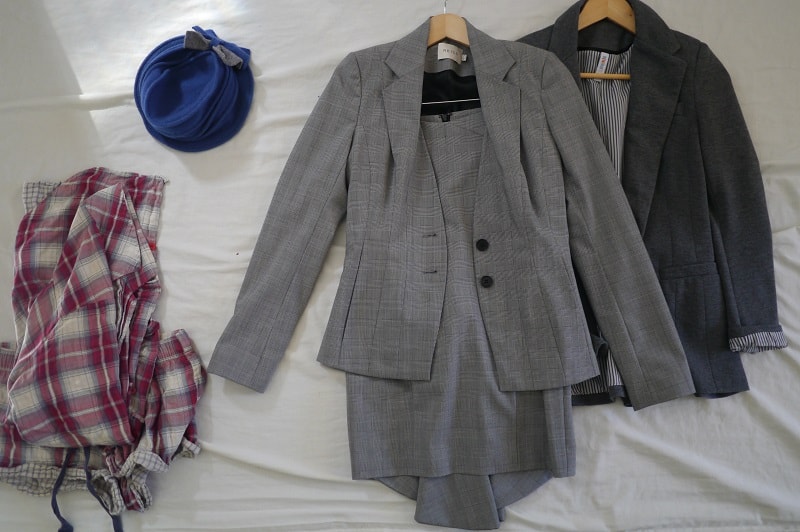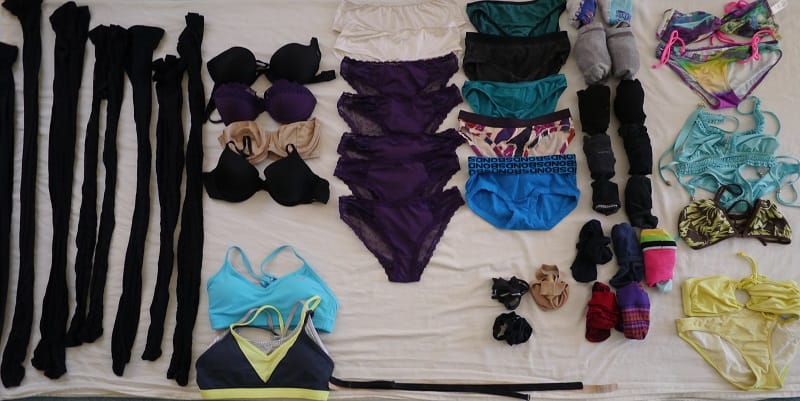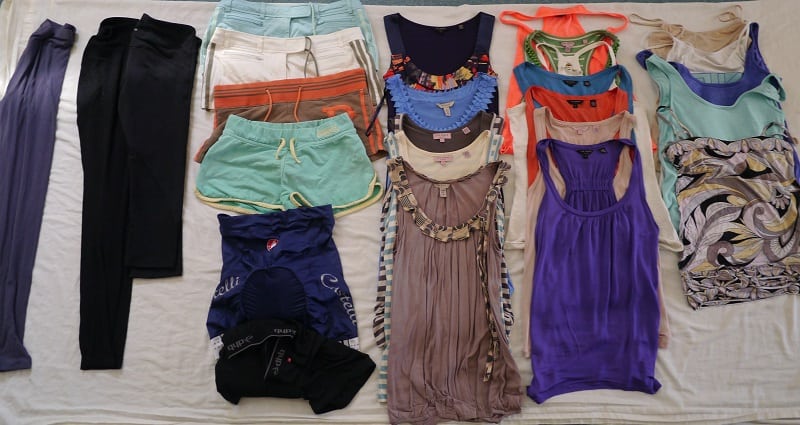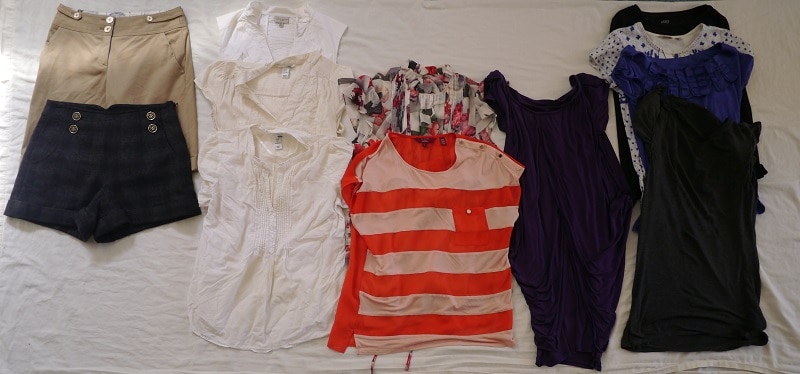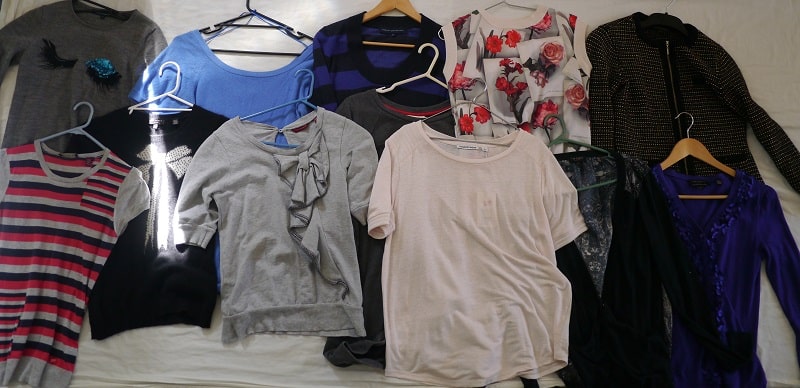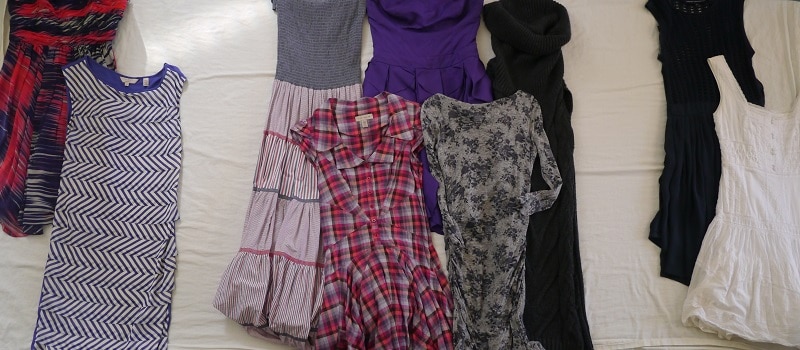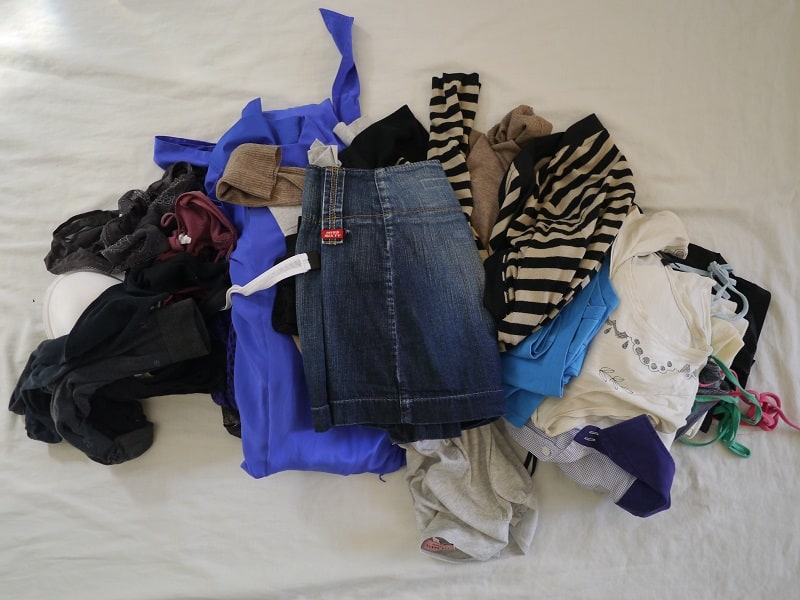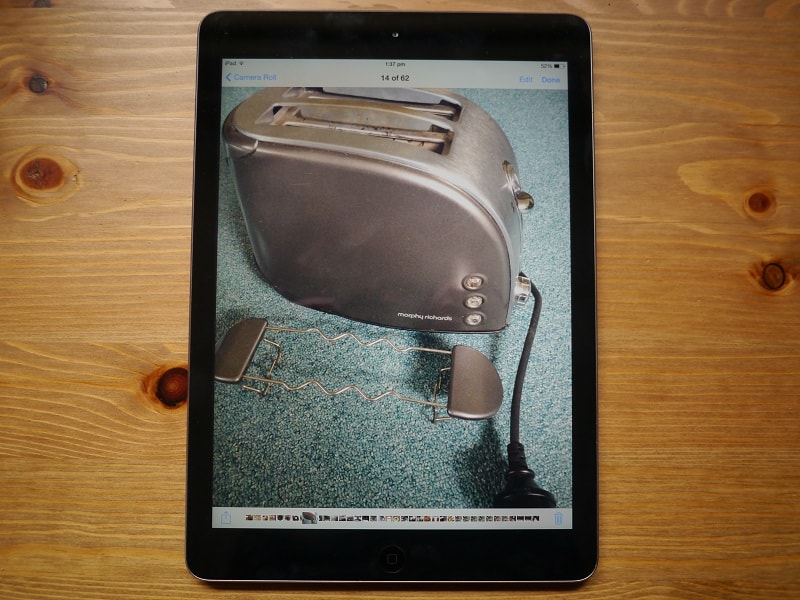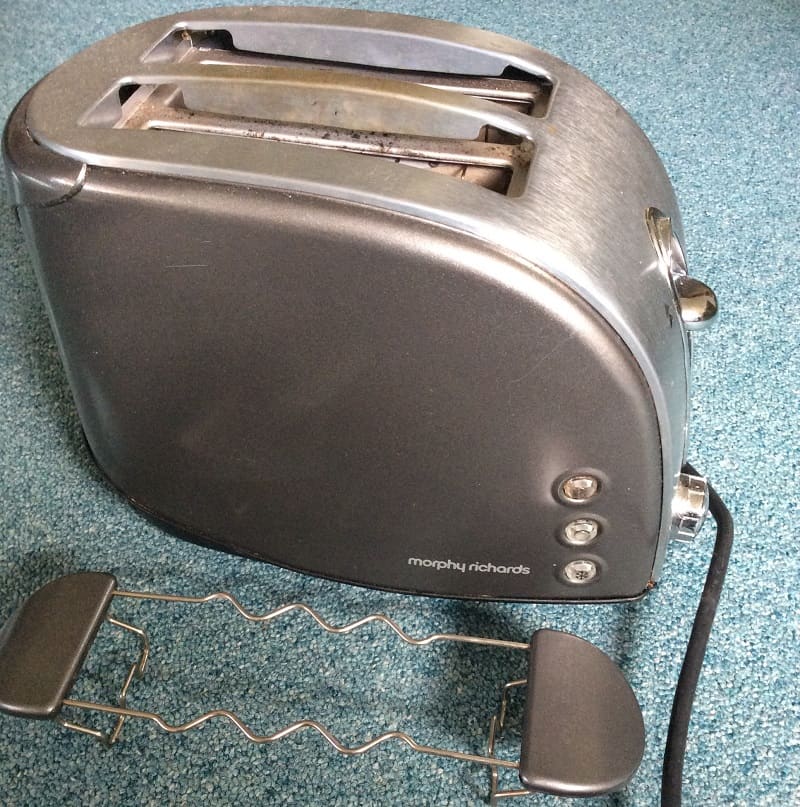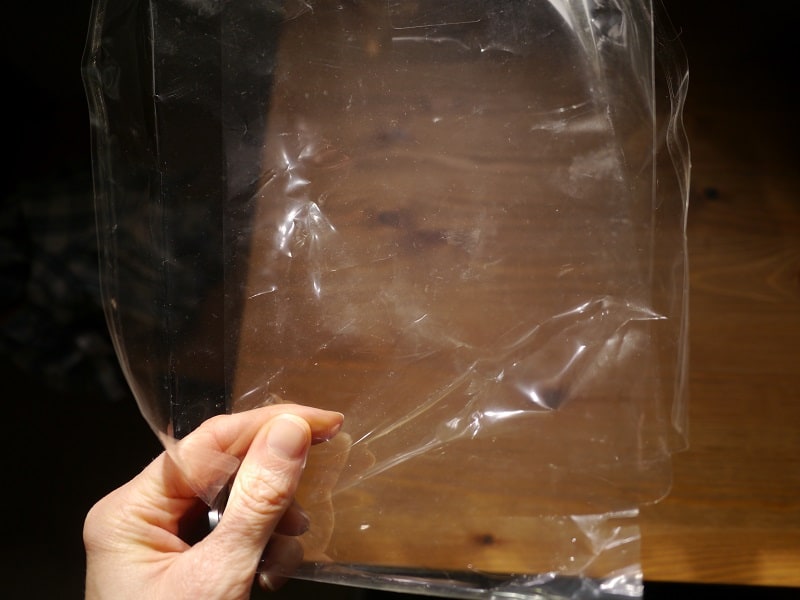The Non-Fashionista’s Guide to Beginning a Capsule Wardrobe
I never thought I’d be writing a guide to beginning a capsule wardrobe. Any longtime readers of this blog will know that I struggled for years to declutter my wardrobe. I fell for every excuse in the book. Yet with determination and time (and a lot of encouragement from you all!) I have decluttered from a few hundred items to around 40 today.
Now I’m ready for the next stage: beginning a capsule wardrobe.
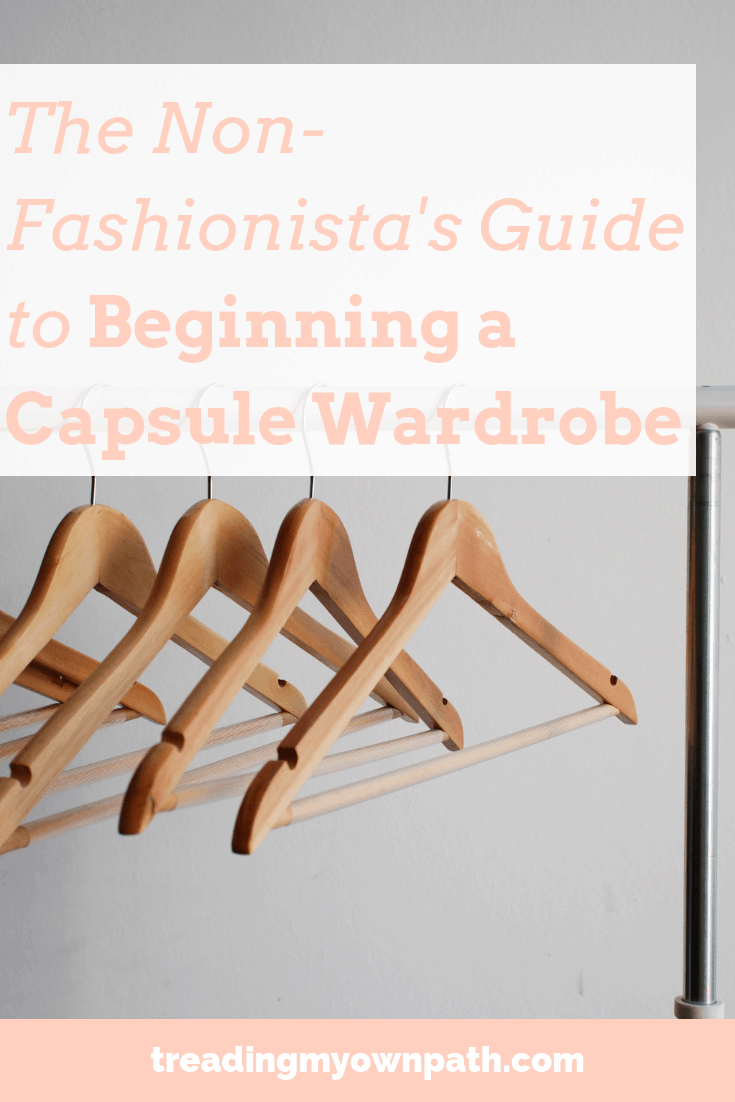
What is a Capsule Wardrobe Anyway? And Why Would I Want One?
The term “capsule wardrobe” was coined in the 1970s. It is defined as a small collection of staple pieces that don’t go out of fashion –maybe 30 items or fewer, including shoes and possibly accessories. These can be supplemented with a couple of seasonal items.
Bonus for people like me – if it was never in fashion in the first place, then it can’t go out of fashion either! Hurrah!
The benefits? Having a streamlined wardrobe of pieces that you love, wear often and are interchangeable with other pieces makes life simpler. There’s less choice and less stress, it takes up less space and it means less waste.
Owning clothes we don’t wear is a waste of time, resources and money. We waste time buying them, and then maintaining them, before ultimately getting rid of them. It also brings about a huge amount of guilt for most of us.
Why would we want to put ourselves through that?
If you’ve ever stood looking at your full-to-bursting wardrobe yet couldn’t find a single thing to wear, you might benefit from embracing a capsule wardrobe.
The Non-Fashionista’s Guide to Beginning a Capsule Wardrobe (Part 1)
You’ll notice that I say “beginning”. I am no master of the capsule wardrobe (yet!) but I wanted to share what I’ve learned so far. I have a lot to share, so I’ve divided this into two parts.
In this (Part 1) I want to debunk some myths, outline the basics and get you thinking about your own wardrobe.
In Part 2 (next week) I’ll share my own wardrobe – yes with pictures! – and explain what is working, what (and how) I hope to improve, and how I’ve still managed to incorporate patterns and colours into my wardrobe. (Important point: I do not promise to offer any fashion advice or style tips! But if you don’t want a wardrobe made up entirely of grey, you might find it helpful.)
Myths About Capsule Wardrobes
Myth 1: A capsule wardrobe should be made up of neutrals.
Not true! If you’re looking for pieces that go with lots of other pieces, neutrals can do that. But so can colours, and patterns. It’s all about understanding what goes with what.
There’s no reason why bright tops can’t go with neutral bottoms, or patterned trousers with plain tops. Combining patterns works too, and if you personally like the combo, then it is a win. There’s definitely no reason not to embrace bright or patterned dresses!
Don’t feel that you need to give up your personal sense of style to embrace capsule wardrobe living. You don’t.
Myth 2: Capsule Wardrobes are all about shopping.
Capsule wardrobes are about finding staples, not about having a small amount of clothes that are rotated (usually donated or landfilled in order to buy more) every couple of months. It is perfectly possible to develop a capsule wardrobe and not need to buy any new stuff.
I’m all about reducing waste. I wouldn’t be advocating capsule wardrobes if I thought they weren’t part of this.
Last year, I only purchased a single item of clothing. One piece for 365 days. By not buying anything new, I was able to really drill down to what I liked to wear and what was practical. When my clothes began wearing out at the start of this year, I was absolutely clear what I needed to make my wardrobe more functional.
Myth 3: Capsule wardrobes are only for fashionistas.
(Rolls on the floor laughing) I do not profess to have any sense of style. I do not want to spend time thinking about piecing outfits together. I have wasted far too much of my life already trying to squeeze into items that didn’t fit, resenting my poor choice, feeling guilty about my overflowing wardrobe and bemoaning having nothing to wear.
Capsule wardrobes are for anyone who wants a practical, functional, no tears approach to getting dressed in the morning.
Stylishness = optional.
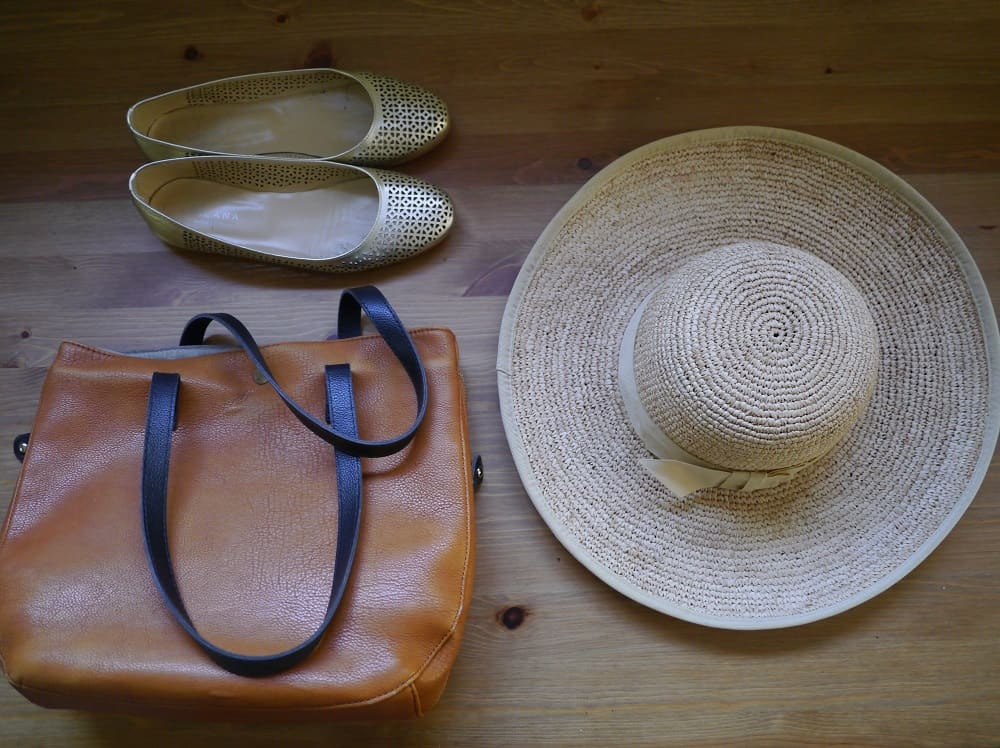
Tips for Beginning a Capsule Wardrobe
#1: Figure out what you actually wear.
What you like and what you actually wear are two different things. Sometimes we don’t actually wear the things we like. That’s usually because we like the idea of them, but they are not actually comfortable, or possibly don’t fit well.
Our fantasy self has completely different wardrobe ideas to our actual self. If it isn’t going to be worn, there is no point owning it.
#2: Play the slow game.
No need to rush to the shops! Take your time to decide the kinds if things you like, and what you actually need.
Think about the weather. Think about the colours and fabrics that you enjoy wearing. Think about wearing out what you already have, and replacing it with something better next time.
The longer you take, the better the final result will be.
#3: Start to think about ‘what goes with what’ with the things you already own.
Sometimes things are difficult to pair with anything, and we don’t wear them. But other times, it’s just that we don’t have anything suitable.
If there’s an item that you love but you don’t wear because you’re missing a piece to make it work, think about adding that to your wardrobe. Be careful though, of having too many items that only go with one other thing.
The more we own that goes with multiple other pieces, the easier it is to get dressed, the less items we need, the more use everything will get, and the better it will be.
#4: Have a List Ready Before You Go Shopping.
Capsule wardrobes are all about being clear what we need. Opportunistic browsing doesn’t fit in well with that. Rather than just going shopping, have an idea of what it is you’re looking for before you hit the stores. It can be super specific (a denim pencil skirt with pockets) or much more fluid (summery tops).
If you’re looking for something to go with other things, make a list of them, or take photos on your phone. Better still, wear them when you head out so you can see what works.
#5: Seriously Consider Shopping Second-Hand.
The fashion industry is a huge burden on the environment. The average Australian buys 27 kg of new clothing and textiles per year (the second-highest in the world after the US), and only 15% of donated clothing is actually re-sold by charity shops.
By choosing second-hand we can reduce resource consumption and our own environmental impact. Choosing second-hand is also a cheaper way to explore our own preferences and styles, and second-hand items rarely bring the same attachment as new ones.
Whilst I love the idea of supporting sustainable fashion businesses, I think for those starting out, second-hand is a better option. Once you’re clear about exactly what staple pieces you need, that is the time to start exploring ethical brands. These are often investment pieces, and well worth the money so long as you’ve done the research first.
Ethical, sustainable clothing that we just don’t wear misses the point.
Now I’d love to hear from you! Do you have a capsule wardrobe? Are there any tips you’d like to add? What are your staples? What have you decided isn’t worth the money spent? How has your capsule wardrobe changed over time? Or are you right at the beginning of the journey? If so, what have been your successes to date? And your struggles? Please share your thoughts below!
[leadpages_leadbox leadbox_id=1429a0746639c5] [/leadpages_leadbox]

